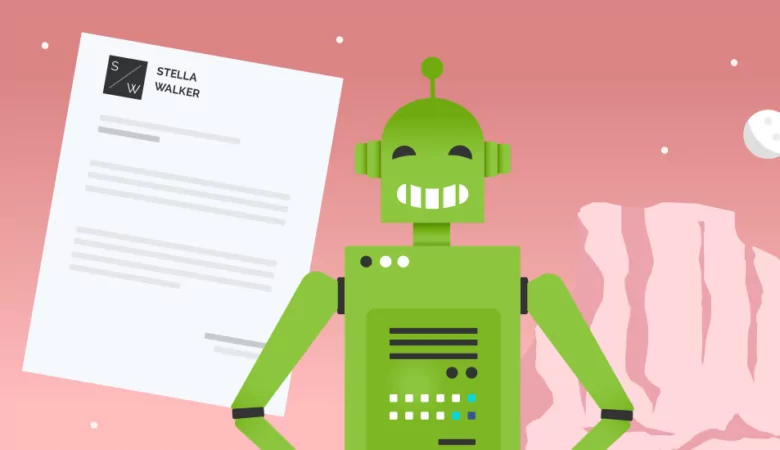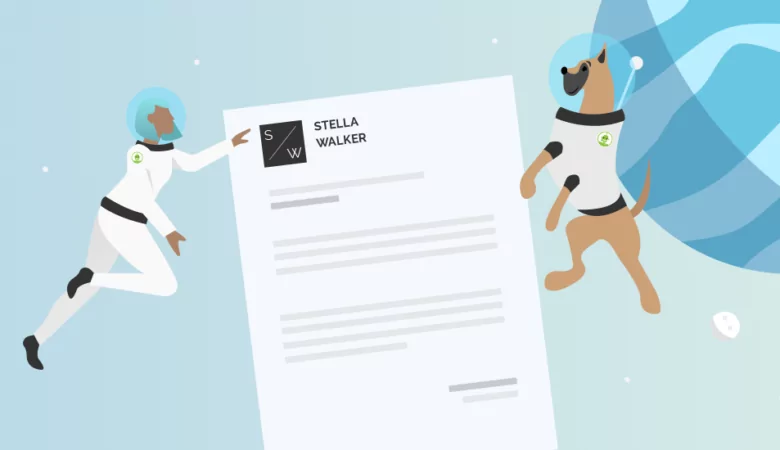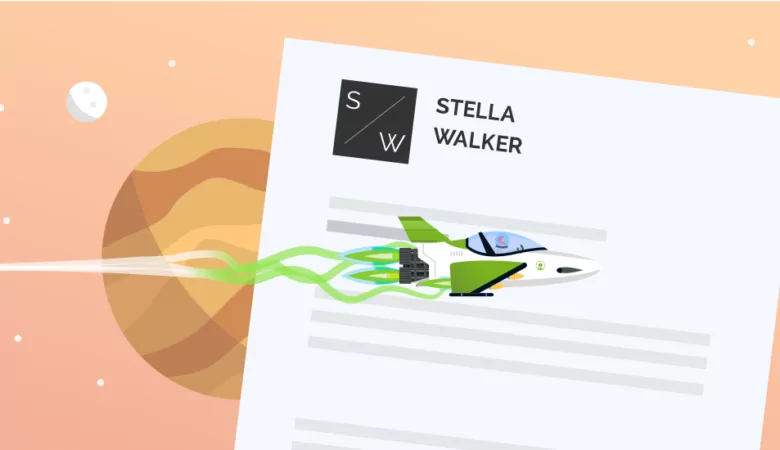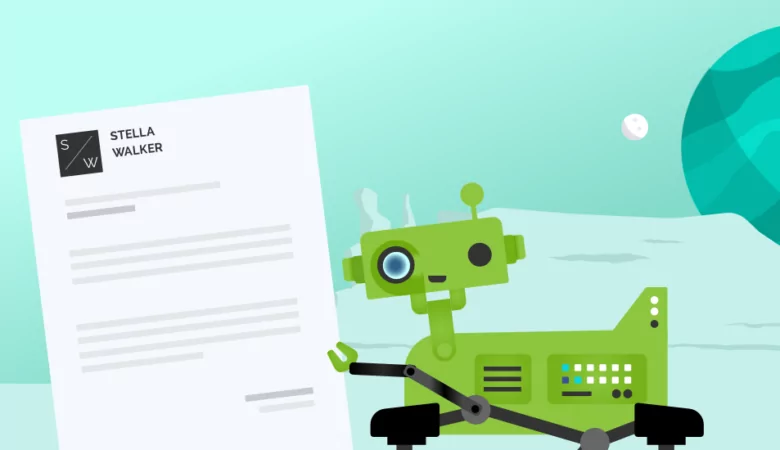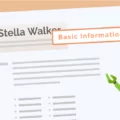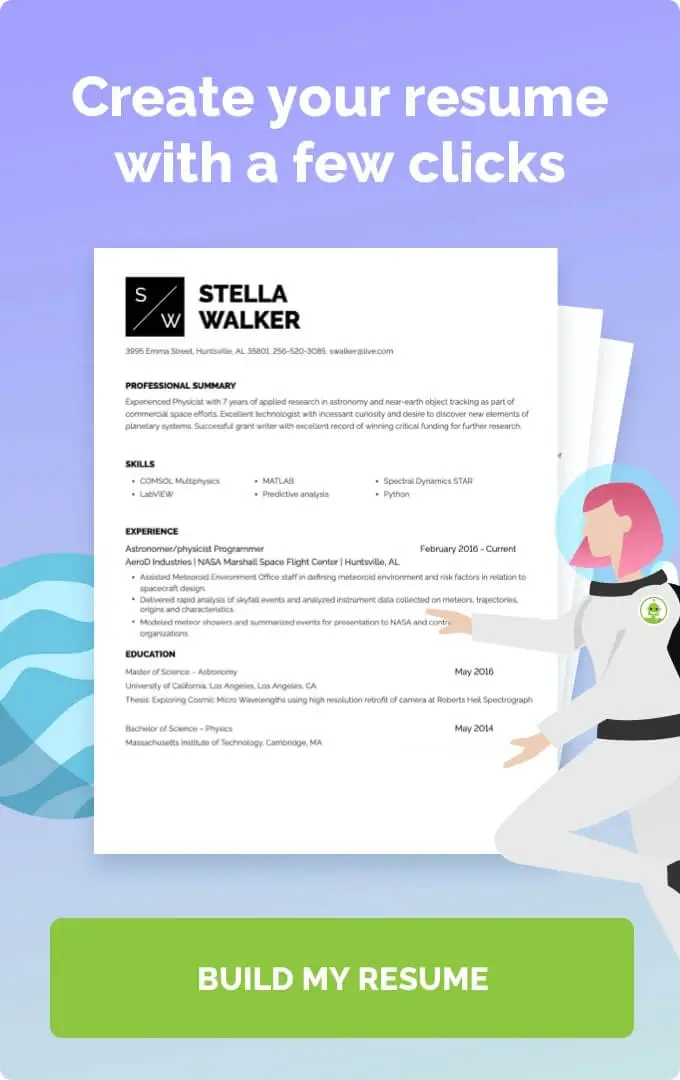Cover letters are an essential element of the job application that many job seekers neglect. Here’s what a cover letter is and how to write one.
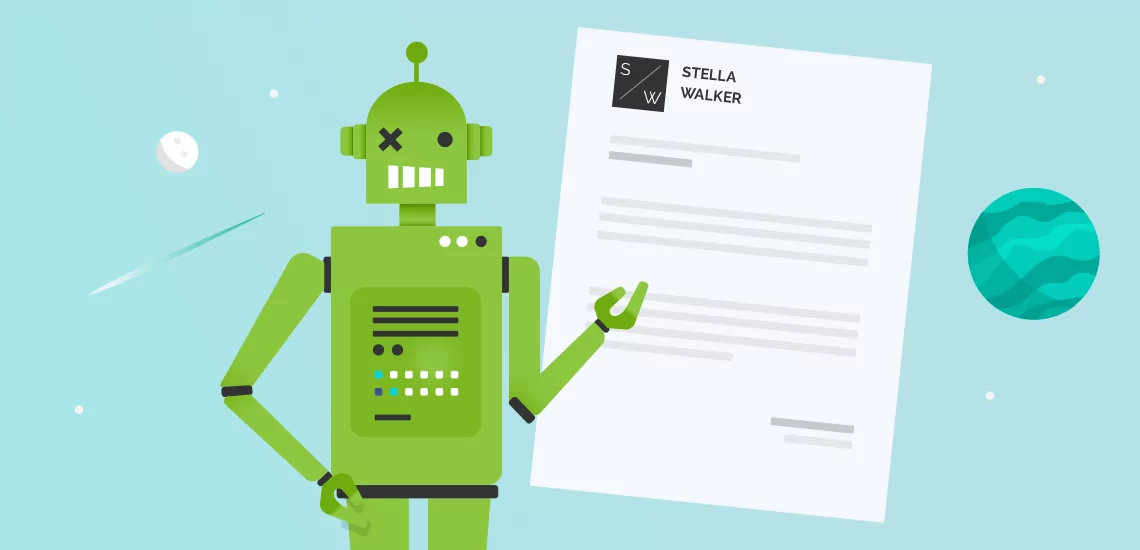
Writing Stand-Out Cover Letters that Recruiters Will Notice
How to Write a Stand-Out Cover Letter This Year
So many job seekers focus much of their energy on writing the perfect resume that they tend to neglect other parts of their job application. The cover letter is often your potential employers’ first impression of you outside of your resume. Basically, a cover letter can convince the hiring manager to give you a shot at an interview and show off your excellent communication skills.
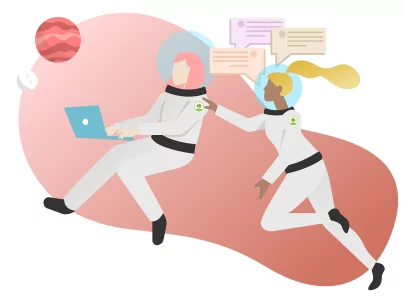
What Is a Cover Letter?
The cover letter is a type of business letter that goes over all your relevant skills and work experience. Cover letters are becoming more and more important to the job search. A study conducted by Business and Professional Communication Quarterly found that around 56% of employers prefer to read cover letters. This makes writing a good cover letter all the more important for your job search. A hiring manager that is interested in your resume will want to know more about how your experience best fits with the job ad. The cover letter is the best place to do that outside a formal job interview.
Cover Letter Format
All cover letters should follow a specific format:
- Formal header
- Introduction and hook that keeps the hiring manager reading
- Why you want to work for the company
- Why you are the perfect fit for a job posting
- Call to action
You need to personalize each letter you write to the specific job you are applying for. A generic cover letter that appears to have been copied from a template is often worse than not sending one at all. If you want to write a good cover letter, check out these cover letter writing tips for more information, and follow this structure for your letter.
Header
The header should contain all your contact information, including:
- Full name
- Address
- Phone number
- Email address
- Portfolio link or LinkedIn profile link (if applicable)
You should also find out the name and contact information of the hiring manager. That way, you can more directly address your letter to the person who will be conducting the interview. Starting off a cover letter with “To Whom It May Concern”, “Dear Sir”, or “Dear Hiring Manager” will only show that you didn’t take the time to research the company. You will also need to include the hiring manager’s information at the top, including:
- Hiring manager’s name
- Company name and address
- Company phone number
- Hiring manager’s work email
First paragraph: introduction and hook
The opening paragraph is crucial to capture the recruiter’s attention. The key is to introduce yourself and then dive into why your experiences and skills make you the perfect fit for the job.
Here’s a quick example of an attention-grabbing hook:
“I was excited to see the Computer Support Specialist role available on your website. As a software developer with two years of experience and a passion for helping out people in need, I believe I would be a valuable addition to your support team.”
Second paragraph: why you want to work for the company
The introduction should be relatively short. You don’t want to talk about yourself or your work history right away. Instead, explaining why you are interested in the role and the company as a whole can be more productive.
Here’s an example of what you can include in this paragraph:
“ABC Company has continued to help millions of customers all over the country. After seeing your generous donation to Example Charity, one that is close to my own heart, I have wanted to work with ABC ever since.”
Third paragraph: why you’re the best fit for the job
The body of your cover letter should include why your previous experience makes you the perfect fit for a job opening. You want to keep the job description in front of you. You can pull specific keywords and job requirements from this description to use throughout your letter.
Here’s a short example:
“My previous experience at Example Firm assisting senior staff with troubleshooting for clients, analyzing software performance and customer issues, and updating existing software to be more user-friendly makes me a great fit for the Computer Support Specialist position. I also have volunteered with Example Charity to teach disenfranchised students coding and other software development skills.”
Final paragraph: call to action
The closing paragraph should be a quick recap of your most relevant skills and experiences as well as a call to action for a job interview. Thanking the recruiter for their time and consideration is also good practice.
Here’s a good example of a call-to-action last paragraph:
“I hope to bring my software development expertise and skills to ABC Company very soon. I believe that I can be a great addition to the ABC team and that I would fit into your company culture extremely well. Thank you for your consideration for the role, Mr. Smith. I hope to hear back from you soon.
Sincerely,
[Name]”
You should also proofread your cover letter when you’re done. No recruiter will take a letter full of typos seriously.
What Is a Cover Letter?
The overall purpose of a cover letter is to demonstrate why you are the most qualified person for the job opportunity to someone within the Human Resources department. At the very least, writing one will make you stand out more against candidates who didn’t write one at all.
Most cover letters should be no longer than 3/4 of a page. In the case of senior staff positions, however, you can write a cover letter that is up to one entire page long.
Writing cover letters from scratch for every job posting you’re interested in can be time-consuming and difficult. You can find dozens of free cover letter samples and cover letter templates at ResumeNerd. Craft the perfect cover letter for your next job application in just a few minutes!
